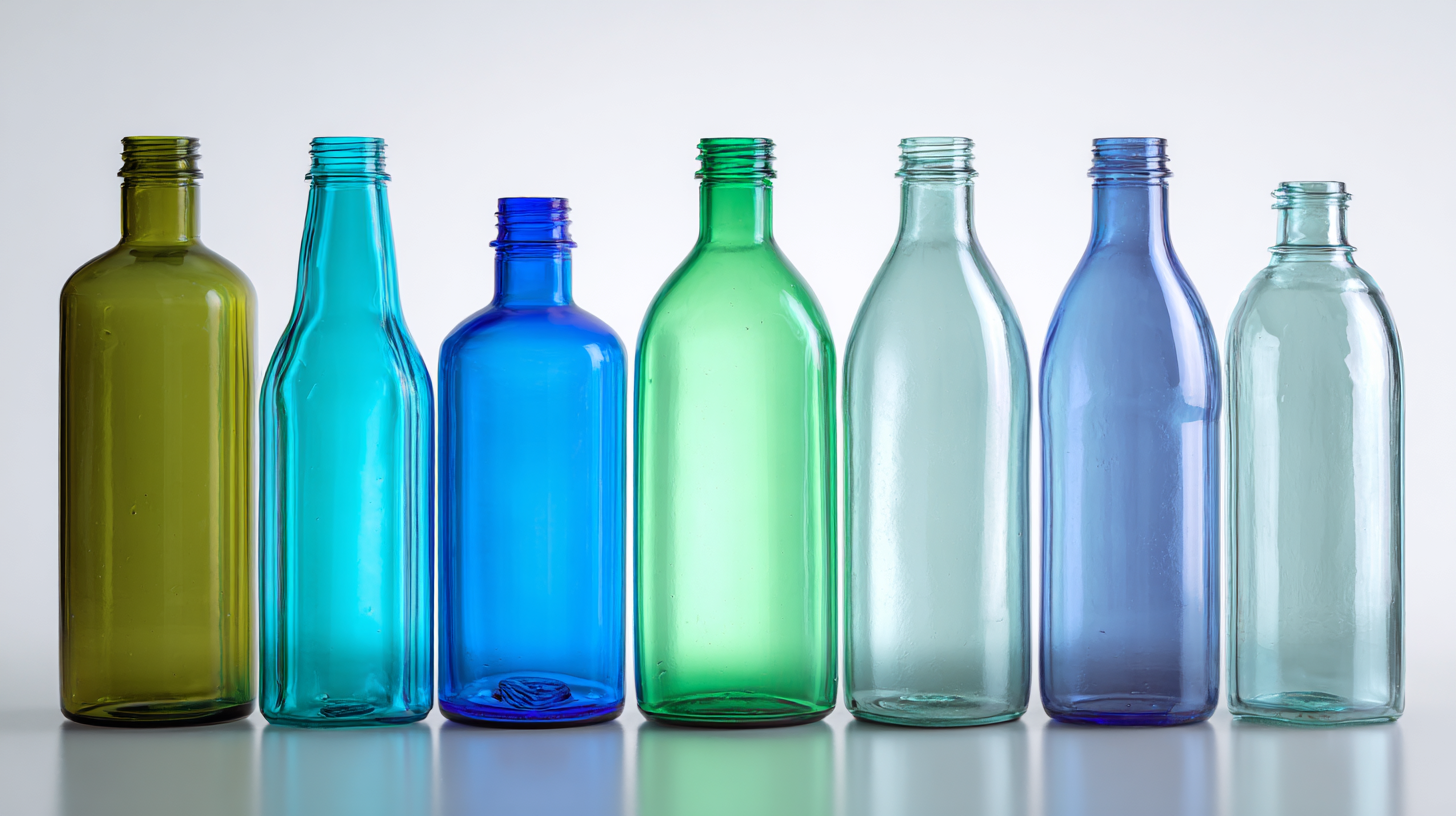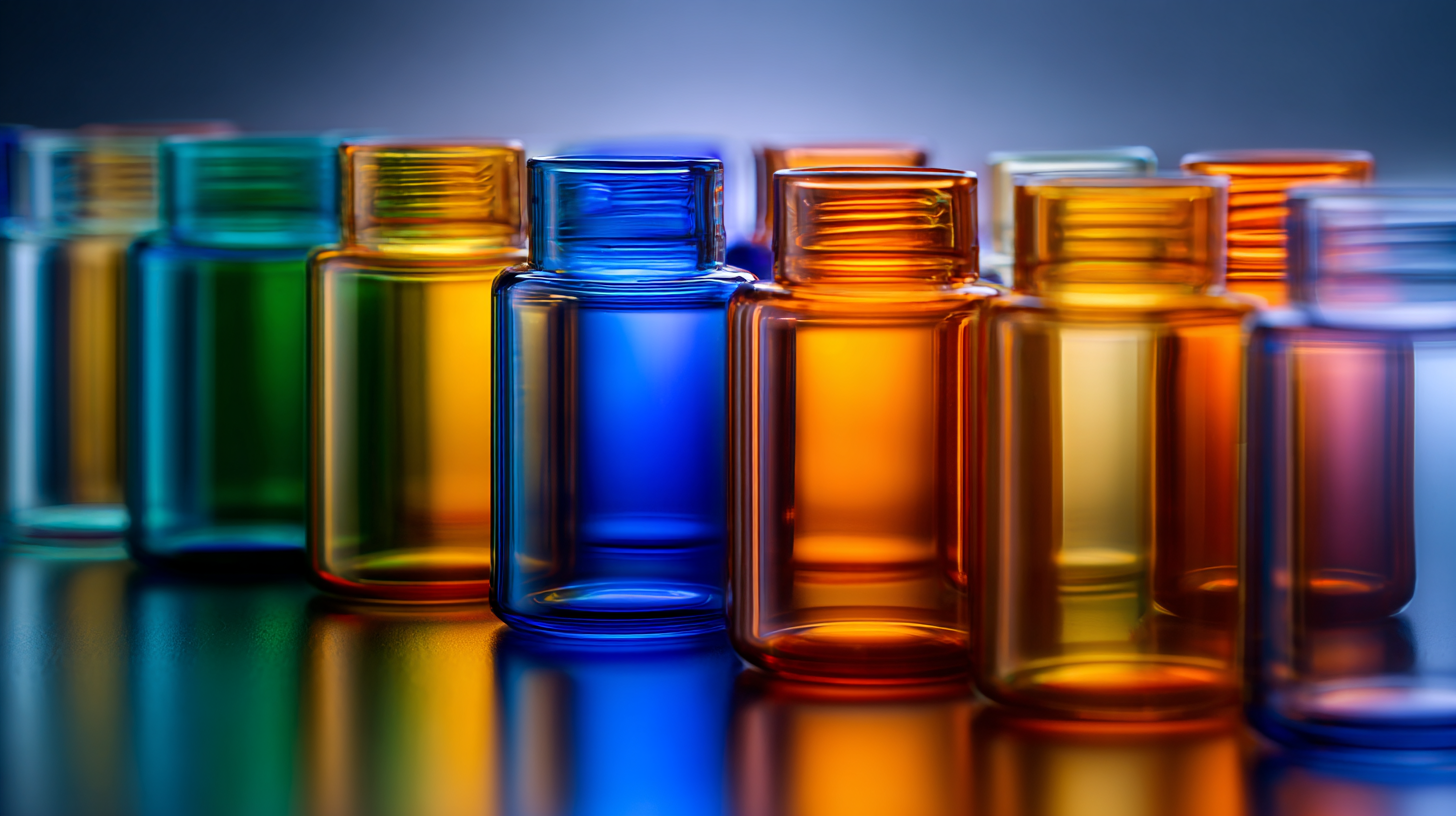Understanding Industry Standards for Crafting the Best Pet Bottles Guide to Quality and Compliance
In the rapidly evolving beverage industry, the importance of using high-quality PET bottles cannot be overstated. According to a recent report by the National Association for PET Containers (NAPCOR), the market for PET bottles is projected to reach approximately $50 billion by 2025, driven by rising consumer demand for sustainable and recyclable packaging solutions. The versatility and lightweight nature of PET bottles make them a preferred choice among manufacturers, allowing for efficient transportation and reduced carbon footprints. However, ensuring compliance with industry standards is crucial for maintaining product integrity and consumer safety. This guide aims to delve into the best practices for crafting superior PET bottles, highlighting essential tips and compliance measures necessary to meet and exceed industry benchmarks. Understanding these standards is vital for businesses aiming to thrive in a competitive market while adhering to environmental regulations and enhancing consumer trust.

Understanding the Importance of PET Bottles in the Beverage Industry and Their Market Trends
In recent years, PET bottles have emerged as a dominant packaging solution in the beverage industry. Their lightweight, durability, and recyclability make them an ideal choice for manufacturers, retailers, and customers alike. The market trends show a significant shift towards sustainable practices, prompting many businesses to prioritize the use of recycled PET, also known as rPET. This not only helps mitigate environmental concerns but also meets the growing consumer demand for eco-friendly products.
Tip: When selecting PET bottles for your beverage products, look for suppliers who utilize rPET in their manufacturing processes. This can enhance your brand’s sustainability profile and attract environmentally conscious consumers.
Moreover, compliance with industry standards is crucial for ensuring the quality and safety of PET bottles. Brands must stay informed about regulations concerning food safety, material quality, and recycling practices. By adhering to these standards, companies can avoid costly recalls and enhance their reputation in a competitive marketplace.
Tip: Regularly audit your supply chain to ensure that your PET bottles meet the latest industry standards. This proactive approach not only protects your product but also fosters trust with your customers.

Key Industry Standards for Quality and Compliance in PET Bottle Manufacturing
In the realm of PET bottle manufacturing, adherence to industry standards is crucial for ensuring quality and compliance. According to the latest "PET Bottle Manufacturing Plant Project Report 2024", manufacturers are expected to navigate a complex landscape of regulations and best practices.
The report highlights critical aspects of the manufacturing process, such as the need for robust chemical testing protocols to assess the migration of food contact chemicals (FCCs) from PET bottles. This focus on compliance not only safeguards consumer health but also enhances product credibility in the booming sustainable packaging market.
Moreover, a systematic review of PET recycling technologies emphasizes the ongoing challenges in achieving circularity within the industry. Despite advancements, issues regarding energy efficiency and cost competitiveness persist, which can hinder compliance with sustainability standards. As identified in recent studies, implementing Deposit Refund Systems has shown promise in closing the plastic beverage bottle loop, presenting a viable strategy for manufacturers aiming to align with evolving regulatory frameworks. Embracing these standards allows businesses to thrive while fulfilling their responsibility towards environmental stewardship and consumer safety.
Navigating Export and Import Certifications for PET Bottles: A Global Perspective
Navigating the complexities of export and import certifications for PET bottles is vital for manufacturers aiming to meet global market demands. According to a report by Grand View Research, the global PET bottle market was valued at approximately $66.3 billion in 2022 and is projected to expand at a CAGR of 5.9% from 2023 to 2030. Understanding the various certifications required in different regions can significantly enhance a company’s export capabilities. For instance, the FDA (Food and Drug Administration) certification is essential in the United States, ensuring that PET products meet stringent safety and quality standards.

Moreover, countries in the European Union implement the EU Plastics Regulation, which emphasizes rigorous testing for substances that could migrate from contact materials into food or beverages. A report by MarketsandMarkets highlights that compliance with these regulatory frameworks not only facilitates smoother import/export processes but also improves product credibility among consumers. As more businesses prioritize sustainability, having certifications like the ISO 14001 for environmental management can further set companies apart in a competitive landscape, ultimately contributing to better business health and market differentiation.
Best Practices for Ensuring Quality Control in PET Bottle Production Processes
In the production of PET bottles, quality control is paramount to ensure that the final products meet industry standards and consumer expectations. Implementing systematic checks at various production stages helps identify potential defects early, reducing waste and enhancing efficiency. One key practice is to conduct regular audits of equipment and processes. This helps ensure that machinery is operating optimally and that production lines adhere to specified protocols.
Tips for effective quality control in PET bottle manufacturing include establishing a clear set of quality benchmarks. These should encompass tests for physical properties, such as thickness and strength, as well as transparency and color consistency. Additionally, engaging employees in training programs focused on quality awareness fosters a culture of responsibility and vigilance, where every team member sees their role in maintaining high standards.
Furthermore, utilizing advanced technologies such as inline sensors can significantly improve quality assurance. These sensors can monitor characteristics like fill levels and seal integrity in real-time, allowing for immediate adjustments if any deviations from standards are detected. By embracing such innovative solutions, manufacturers can enhance their production processes and ensure that the PET bottles produced are both compliant and of the highest quality.
Future Innovations in PET Bottle Design and Recycling Compliance Standards
The future of PET bottle design is poised for significant innovation, driven by the dual demands of sustainability and performance. As environmental concerns become increasingly urgent, manufacturers are exploring advanced materials and technologies that not only enhance the durability and functionality of PET bottles but also improve their recyclability. This shift is leading to the development of bio-based PET options and enhanced recycling methods that minimize waste and reduce carbon footprints. The adoption of these eco-friendly materials not only meets consumer expectations for sustainability but also aligns with global compliance standards aimed at reducing plastic pollution.
In addition to material advancements, the industry is also focusing on improving the design of PET bottles to facilitate more efficient recycling processes. Innovative designs that separate labels and caps can significantly boost recyclability, ensuring that more plastics are returned to the production cycle. Compliance with stringent recycling regulations is increasingly becoming a focal point for manufacturers, as they must navigate a complex landscape of local and international standards. This emphasis on design and compliance will play a crucial role in defining the future of PET bottles, ensuring they meet both environmental goals and consumer needs while fostering a circular economy in the packaging industry.
Understanding Industry Standards for Crafting the Best Pet Bottles
| Criterion | Standard | Compliance Requirement | Future Innovations |
|---|---|---|---|
| Material Quality | FDA Approved Resin | Must meet food safety standards | Biodegradable materials in development |
| Recycling Rate | Minimum 25% Recycled Content | Must show compliance with recycling benchmarks | Enhanced recyclability through design |
| Labeling Requirements | Clear Recyclable Symbol | Labels must be easily visible | Smart labeling for recycling education |
| Production Waste | Zero Waste Goal | Track and minimize production waste | Closed-loop production systems |
| Energy Use | Energy Star Certification | Reduce energy consumption | Renewable energy sources adoption |
